Hunters are bidding for the chance to kill nearly 1,000 animals in a “play to slay” fundraising auction being held this week by one of the world’s largest pro-hunting groups.
Trophy hunters are gathering from today at Safari Club International’s Annual Hunters’ Convention at the Mandalay Bay Convention Center, in Las Vegas, for the event that ends on Saturday.
Animals up for slaughter include a Canadian polar bear, Namibian elephants and African leopards.
Nearly 25,000 hunters are expected to attend and bid for animal killing trips valued above $5.3 million.
Trophy hunting, widely criticised by animal welfare and wildlife groups, was thrust into the spotlight in July 2015 after beloved Zimbabwean lion, Cecil, was shot by US dentist Walter Palmer.
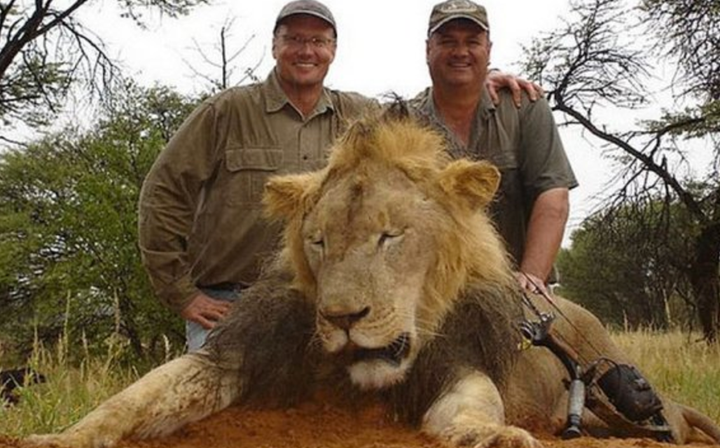
Advocates of trophy hunting say the money raised to kill large game contributes to the conservation of wildlife.
But that’s not the case according to Joanna Swabe, executive director at Humane Society International, who describes the event as a “conservation con”.
Swabe said: “This Las Vegas auction is a key event in SCI’s fundraising calendar where the lives of nearly 1,000 wild animals will be sold off to trophy hunters in a sickening ‘pay to slay’ bidding war.”
Here are some of the most expensive animal hunts being auctioned:
Canadian polar bear, valued at $72,000
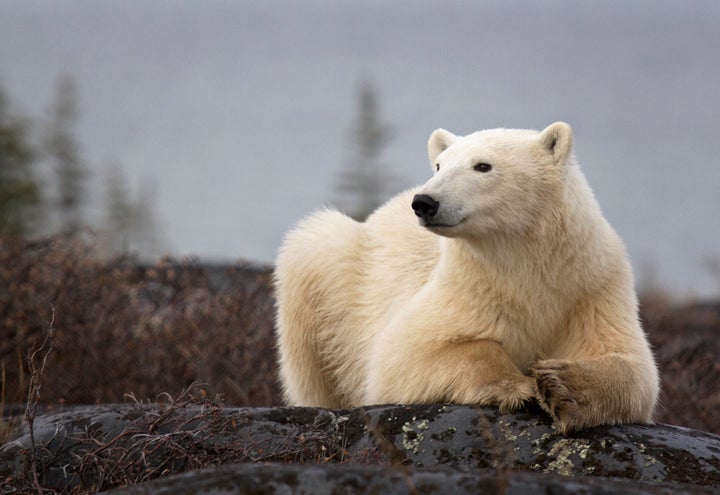
This ten-day polar bear hunt promises the “thrill of a lifetime”, a listing for the item reads.
The “method of take” has been listed as a rifle and the organisers have promised to “photograph the entire adventure producing a personalised souvenir book”.
Two Namibian elephants, valued at $35,000 and $25,000 each
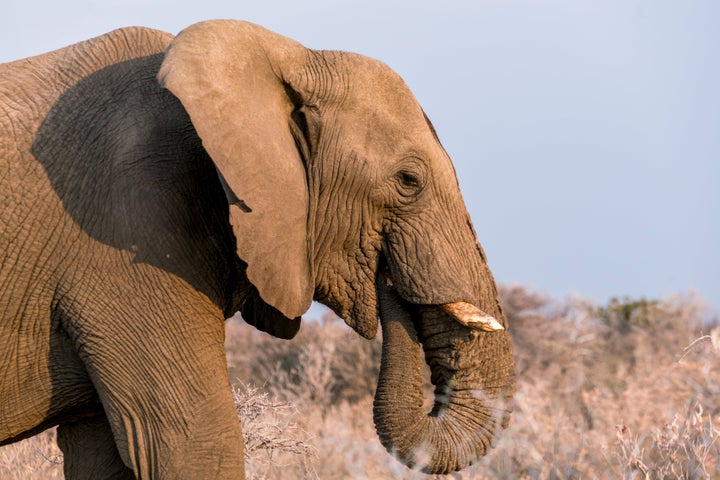
The “method of take” has been listed as a rifle.
Eight African leopards - hunts valued between $16,500 and $81,400
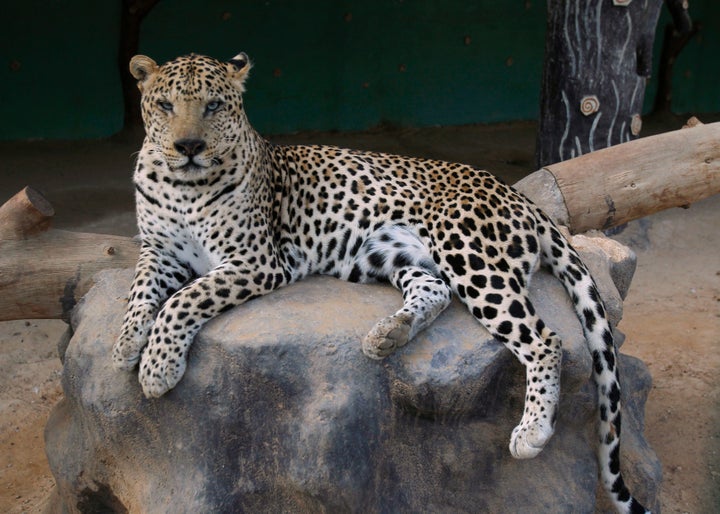
Some of these hunts are combined with other animals, with some packages including wildlife such as sable and impala.
Three grizzly bears - hunts valued between $21,500 and $25,000
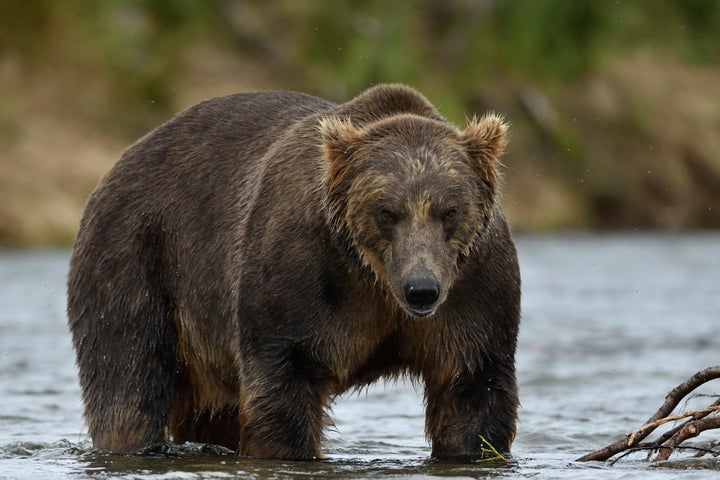
The “method of take” listed for the grizzly bear hunt is rifle, bow or muzzleloader, the listing reads.
Up to 400 red dear, hunt valued at $92,000
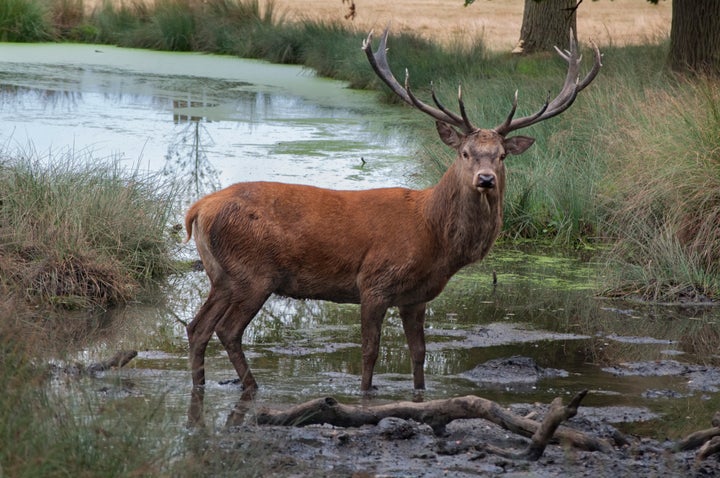
The New Zealand hunt includes up to 400 red stags and “best tahr”.
The method of take is listed as “hunters’ choice”, excluding handgun.
South African Crocodile, hunt valued at $13,500
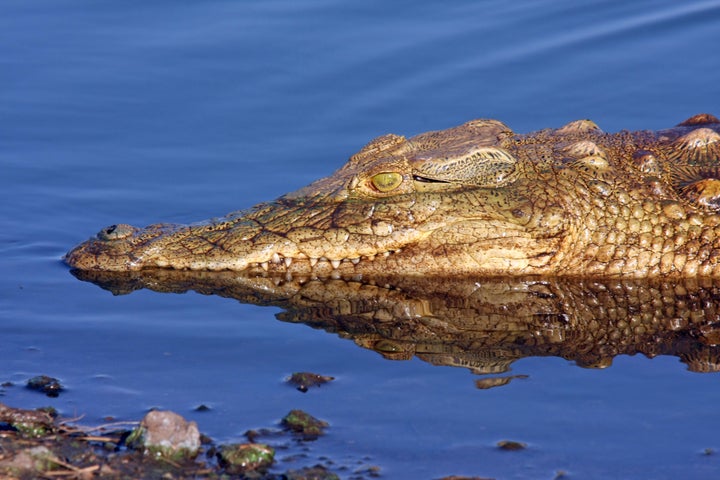
A ten-day “rifle hunt” for a crocodile in South Africa is also being auctioned.
Swabe added: “The lives of countless others will be purchased on the convention floor. Not just African species are targeted - the lives of defenceless European mammals are also on the line, helping pay for SCI’s pro-trophy hunting agenda.
“Hunters who raise their rifle at a deer in Europe, may as well have an African elephant in their gun sites instead, because this revenue is helping SCI threaten wildlife protections globally.
“It is very concerning to us that with the new US administration in power, well-funded groups like SCI will have undue negative influence on key wildlife conservation issues.
“Trophy hunters often peddle the myth that their animal-killing antics help preserve wildlife, but it’s little more than a conservation con, as very little money ever trickles back to local communities.
“Genuine conservation means saving animals’ lives, not brutally ending them.”
SCI did not respond to the Huffington Post UK’s request for comment.
On the group’s website it is described as a “nonprofit organisation that funds and directs worldwide programs dedicated to wildlife conservation and outdoor education”.
